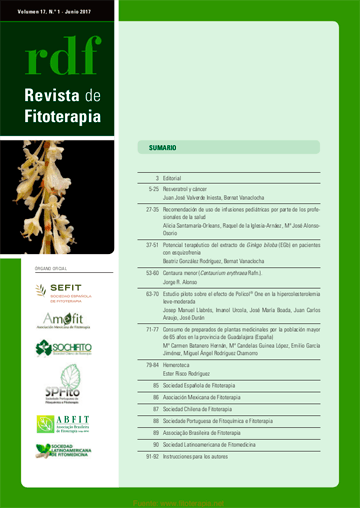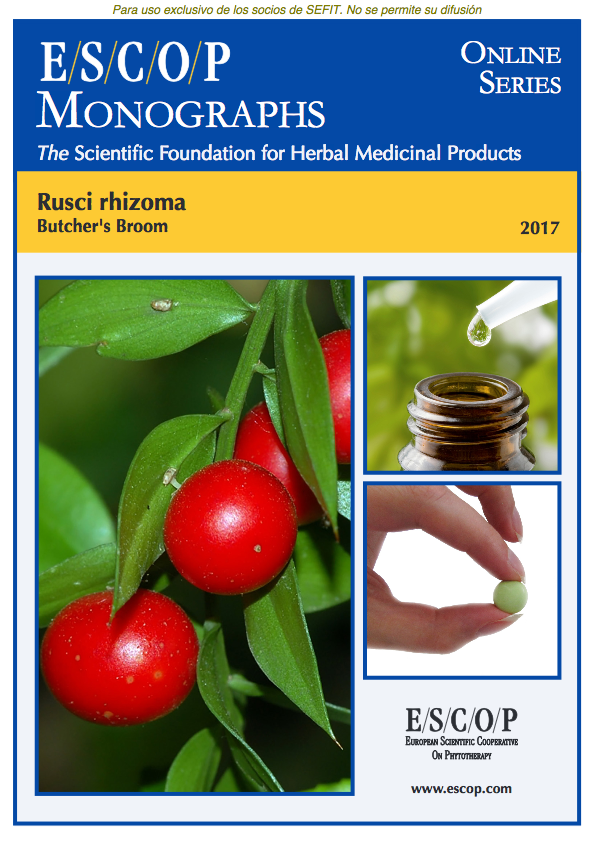Bauer, Rudolf Institute of Pharmaceutical Sciences, Pharmacognosy, Austria
Ponencia en el 13º Congreso de Fitoterapia de SEFIT. Barcelona, 6-9 de noviembre de 2025
Although the use of medicinal plants has long tradition since mankind exists, and sometimes is considered as outdated, phytotherapy has still global importance and has evolved significantly in Europe over the past 25 years. We have seen important developments in regulation, research, clinical integration, and public acceptance. Advances in production technologies and analytical methods have improved consistency and quality of herbal medicinal products. Numerous clinical trials and systematic reviews have supported the efficacy and safety of many plant-based therapies, especially for mild to moderate conditions. Herbal medicines are now frequently used alongside conventional treatments, and are more integrated in modern medicine.
The development has been mainly triggered by the EU Herbal Directives since 2000 and the establishment of EMA’s HMPC (Committee on Herbal Medicinal Products), which has elaborated so far 171 European herbal monographs and “list entries” for herbal substances/ preparations, which provide validated information on their safety and efficacy. This has also been supported by ESCOP, the European Scientific Cooperative on Phytotherapy. Herbal medicinal products with a long tradition of use (30 years total, 15 within the EU) have been accepted as “traditional herbal medicinal products” without clinical studies, fostering legal clarity and consumer safety for OTC products, as well as simplifying mutual recognition and reducing regulatory barriers in Europe. In addition, herbal products can be authorized by “well‐established use” for more serious indications (based on bibliographic data including at least one clinical study), and also as new products. Side effects and contraindications are regularly considered in the monographs, but are rare.
On the other side, the use of food supplements has also been regulated and has increased dramatically, because of much lower requirements for marketing authorization.
Consistent efficacy and safety are based on reproducible quality. Good manufacturing practice (GMP), quality controls, and harmonized labelling and assessment across Member States for herbal medicinal products has become obligatory. In the upcoming 12th Edition of the European Pharmacopoeia (effective January 2026), there are 392 individual monographs covering herbal drugs, extracts, essential oils, vegetable fatty oils, exudates, starches, etc. The methods for quality control have been successfully modernized in recent years.
Overharvesting and climate change pose risks to medicinal plant resources in the future. Therefore, the introduction of good agricultural and collection practice guidelines has been a major achievement for sustainable use of herbal medicine.
For the future, integration of phytotherapy into medical and pharmacy curricula is an urgent need. Also, WHO in its global health strategy for 2025–2028 emphasizes the importance of the integration of safe and effective herbal medicine into health systems and services across the care continuum and life course. It will also be an important part of the global “One Health” concept.
In conclusion, phytotherapy in Europe has transitioned from traditional folk practice to a regulated, research-backed, and widely accepted branch of complementary medicine. As scientific understanding deepens and sustainability becomes central, phytotherapy is poised to play an even greater role in integrative healthcare across Europe.


